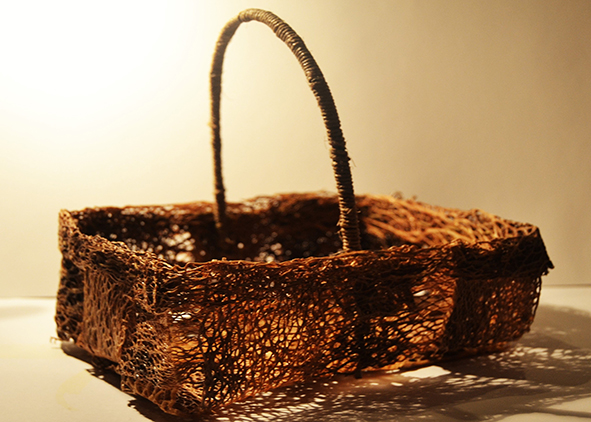Design and Prickly Pear for a sustainable local Development
DOI:
https://doi.org/10.19229/2464-9309/2302017Keywords:
design and agri-food, circular economy, sustainabilityAbstract
The article describes the relationship between design and a Sicilian agro-food product, the Roccapalumba ficodindia (prickly pear), for economic and territorial development in the respect of the environment. In such that, prickly pear is considered a resource capable of launching innovations, like the exploitation of waste and the relationship between local people. In the article, to create a second life to waste, the life cycle of the prickly pear was studied and among the various outputs, it was considered the pruning of the cladodes from which fibre was obtained, used in an innovative way and according to a local vision, focusing on cultural heritage and traditions.
Downloads
Article Metrics Graph
References
Barbera, G. and Inglese, P. (2001), Ficodindia, L’Epos, Palermo.
Barbera, G. and Inglese, P. (1993), La coltura del ficodindia, Edagricole, Bologna.
Bertola, P. and Manzini, E. (2004), Design multiverso – Appunti di fenomenologia del design, Polidesign, Milano.
Bistagnino, L. (2009), Design Sistemico – progettare la sostenibilità produttiva e ambientale, Slow Food, Bra (Como).
Capra, F. (2004), La scienza della vita, BUR Scienza, Rizzoli, Milano.
Catania, A. (2009), “Nuovi scenari del design: meno spreco e più sobrietà”, in Catania, A. (ed.), More E less. Nuovi stili di vita e di consumo, Dario Flaccovio, Palermo pp. 41-45
Catania, A. (2011), “Nuovi modi di progettare e produrre”, in Catania, A. (ed.) Design, territorio e sostenibilità. Ricerca e innovazione per la valorizzazione delle risorse locali, Franco Angeli, Milano, pp. 17-23
Follesa, S. (2013), Design & Identità – Progettare per i luoghi, Franco Angeli, Milano.
Hawken, P., Lovins, A. and Lovins, L. H. (2001), Capitalismo naturale la prossima rivoluzione industriale, Edizioni Ambiente, Milano.
Dominguez-Lopez, A. (1995), “Review: use of the fruits and stems of the prickly pear cactus (Opuntia spp.) into human food”, in Food, Science and Technology International, vol. 1, pp. 65-74.
Lewis, H. and Gertskis, J. (2001), Design + Environment, Greenlaf Publishing, UK.
McDonough, W. and Braungart, M. (2002), Cradle To Cradle, North Point Press, New York.
Pauli, G. (2010), Blue Economy, Edizioni Ambiente, Milano.
Pauli, G. (1997), Svolte epocali, Baldini Castoldi, Milano.
Thackara, J. (2008), In the bubble – Design per un futuro sostenibile, Allemandi, Torino.
Worldwatch Institute (2010), State of the world 2010 – Innovazioni per un’economia sostenibile – Rapporto sul progresso verso una società sostenibile, Edizioni Ambiente, Milano.

Downloads
Published
How to Cite
Issue
Section
License
This Journal is published under Creative Commons Attribution Licence 4.0 (CC-BY).
License scheme | Legal code
This License allows anyone to:
Share: copy and redistribute the material in any medium or format.
Adapt: remix, transform, and build upon the material for any purpose, even commercially.
Under the following terms
Attribution: Users must give appropriate credit, provide a link to the license, and indicate if changes were made; users may do so in any reasonable manner, but not in any way that suggests the licensor endorses them or their use.
No additional restrictions: Users may not apply legal terms or technological measures that legally restrict others from doing anything the license permits.
Notices
Users do not have to comply with the license for elements of the material in the public domain or where your use is permitted by an applicable exception or limitation.
No warranties are given. The license may not give users all of the permissions necessary for their intended use. For example, other rights such as publicity, privacy, or moral rights may limit how you use the material.


















































































